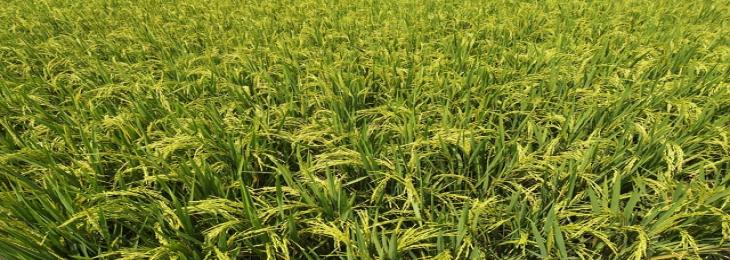Jun, 2022 - By WMR

In the search for a method that is scalable for fabricating quantum dots researchers created a new technique for recycling rice husk to develop the first ever silicon quantum dot (QD) LED light
In the milling process of rice more than 50 million tons of discarded rice husk is produced every year all around the world. Now a team of researchers at Hiroshima University, Japan found a way to create first ever silicon quantum dot (QD) LED light by recycling rice husks waste. According to the research published in the journal ACS Sustainable Chemistry & Engineering on January 28, 2022, this new approach turns agricultural waste into advanced light emitting diodes in a cost effective and sustainable way.
The new type of silicon quantum dot created in this research are made from waste materials, which is discarded rice husks. With the use of these discarded rice husks silicon is produced, which helped scientists to create a new processing technique. This process involved milling of the rice husk and then burning the organic compounds off for extracting silica powders that is further heated in a furnace. This process produced particles of purified silica powder, the size of which later was reduced and a solvent was added to chemically functionalize the surface of these particles. The result of this entire process was silicon quantum dots with size of 3 nanometers luminescing in the range of orange-red color.
Furthermore, the team combined this silicon quantum dots with layers of other material, which included an indium-tin-oxide glass substrate that acts as the anode and an aluminum film that acts as the cathode for an LED. The researchers are working on improving the LEDs’ performance making them illuminate with more efficiency and developing new range of colors other than orange-red.

We will be happy to help you find what you need. Please call us or write to us: